9 Excellent Resources for Drawing Geography by ArtK12
Since we joined Classical Conversations in 2010, we've been working on our map drawing skills. I didn't realize how incredible it was to hear a country named in the news and know where in the world it was! Drawing geography has brought such a richness to our studies, and the step-by-step books by Kristin Draeger have really helped make our studies approachable and fun! I've finally completed my collection of all nine books, and I wanted to share my favorite features of each!
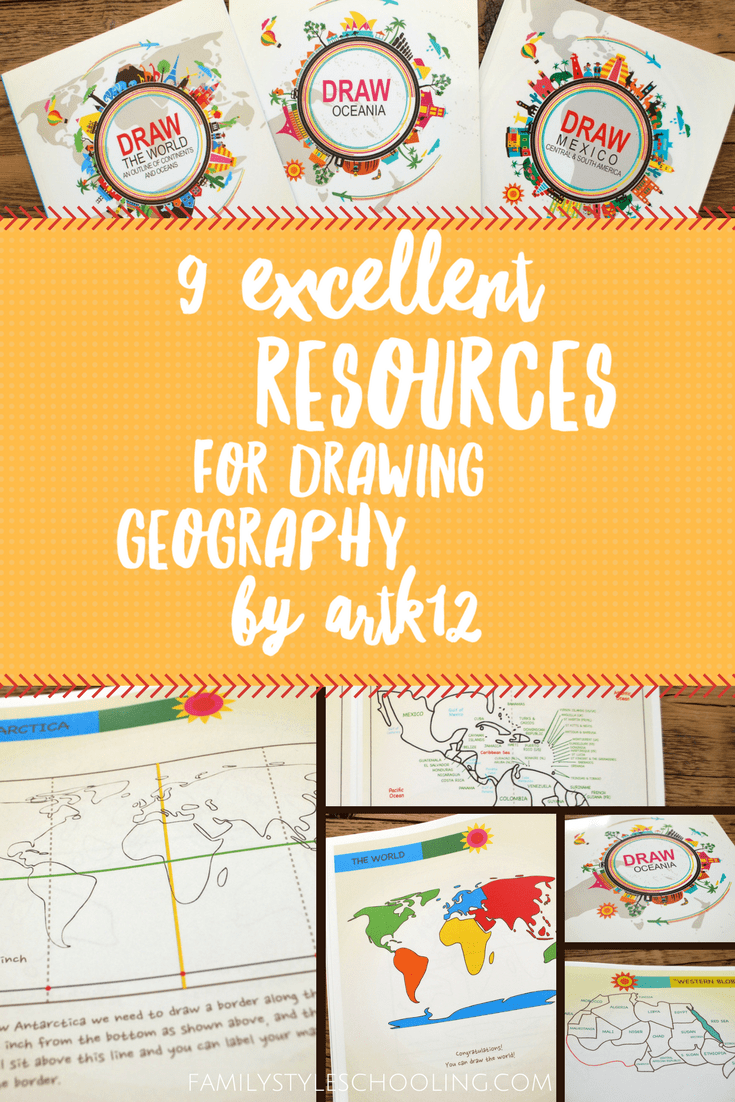
I received Draw the World and Draw Oceania for free from ArtK12 in exchange for my honest review. Actually, I begged for these books, because I really couldn't wait to try them all out. We LOVE these books. See my full disclosure policy for more details.
1. Draw the USA
We started with Draw the USA. When we'd tried to draw the United States before, I always got lost in the north east! What I love about this step-by-step guide is that it starts with Maine and works west! In all of the volumes, Kristin does a fantastic job of modeling identifying the general shape of each state while observing proportion and scale.
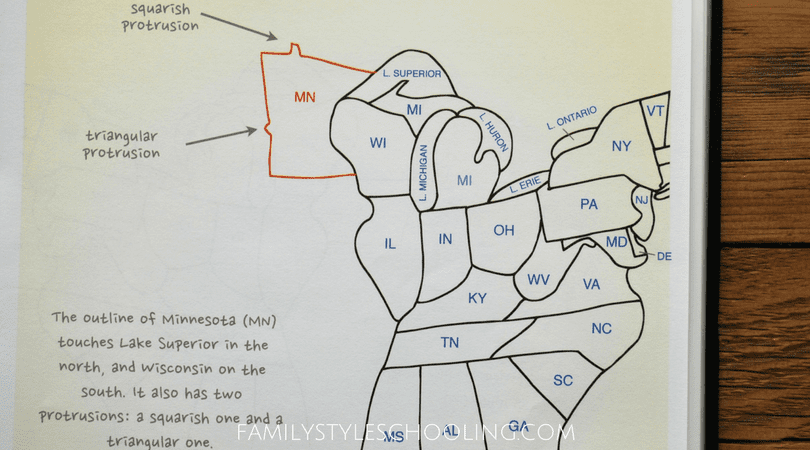
This book works perfectly with Cycle 3 of Classical Conversations as we study the geography of the USA. Even if the memory work doesn't line up perfectly with the order that the states are drawn, we love using these books to help solidify what we're learning.
Throughout each book, there are fun facts and tips to help lock the information into your mind. It's really a brilliant way to help learn more about the country where we live!
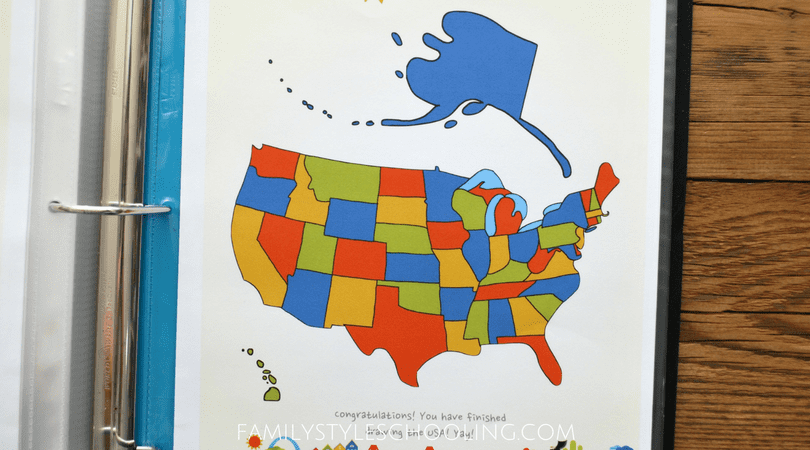
2. Draw Canada
To round out your education of North America, you have to get the Draw Canada book. I love this volume because it does such a great job of breaking down the country into creative and memorable shapes.

Since we use these books so frequently, we decided to cut the spine off of them and put the pages in page protectors. This has been a great way to store the resource. It also provides an opportunity for my kids to trace the maps with dry erase markers if they want to practice it quickly.
I store Draw the USA and Draw Canada together in one 2 1/2 inch binder. I also combine the two Draw Asia volumes in another, and Draw Europe and Draw Africa in a third. This gives us an easy way to store them, and me confidence that they will be around for the years to come as we continue our studies.

3. Draw Mexico, Central, & South America
Finishing out the Western Hemisphere, the Draw Mexico, Central, & South America is a whole lot of geography packed into a fantastic book.
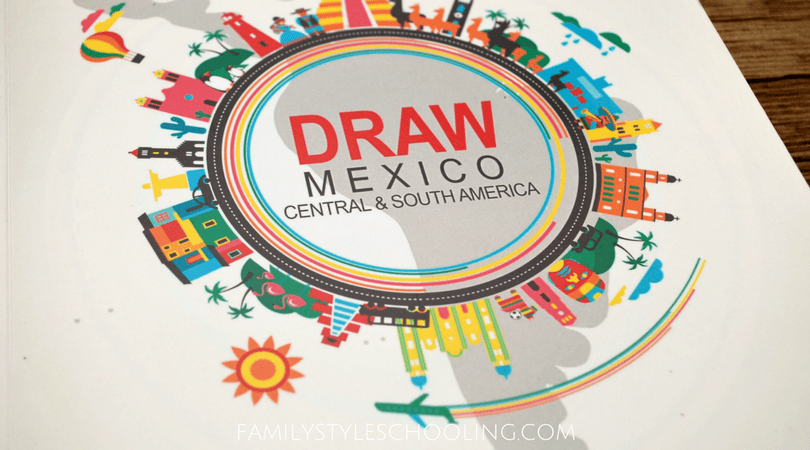
This zone of the world is so deceiving. While Mexico, Central, and South America are pretty simple to draw, the Caribbean Islands are a beast! I love how this resource approaches drawing all of these areas together and unifies the elements into a cohesive way to learn this easily overlooked region of the Earth.
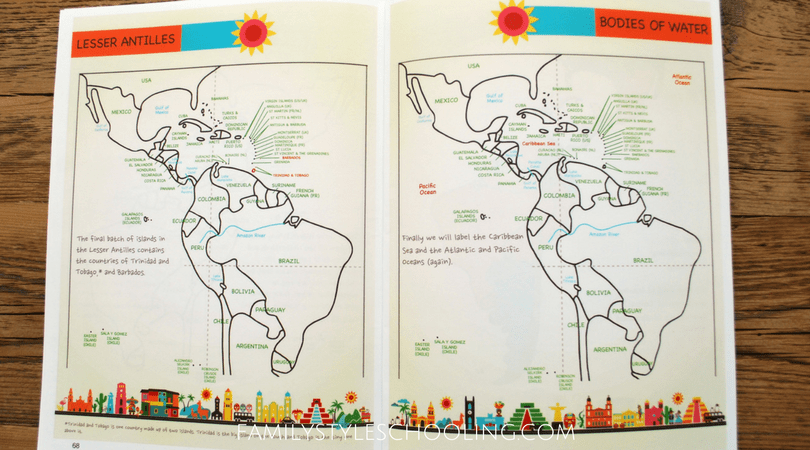
Isn't that an incredible amount of information packed into the Caribbean ocean?! I love that while you're working up to learning all of the detail, you're still just walking through the drawing resource step-by-step, and each page just gives you one bite at a time:
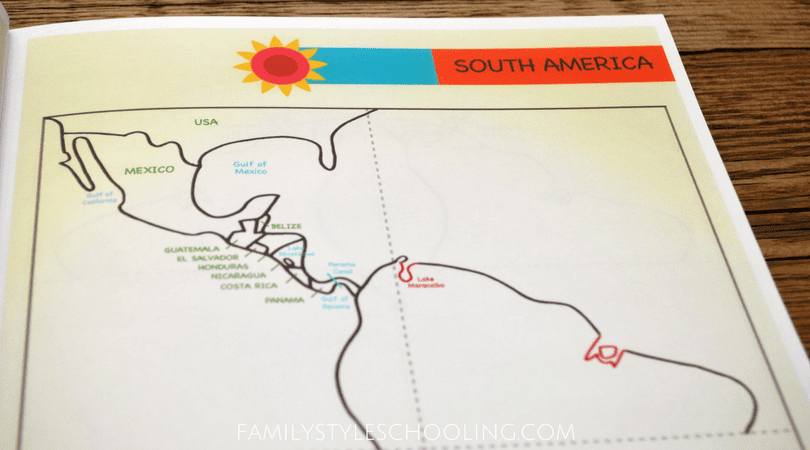
4. Draw Europe
When I tutored Challenge A, I tried to keep up with the drawing of the world. While I held it together in the Western Hemisphere, when I got to the middle of Europe, I fell apart. There were just too many countries with too many strange names to hold it all together.
First of all, starting from the East and heading west was brilliant! It made everything fit together in such an easier way. I was so thankful for the "Santa's Bag Blob" in the Draw Europe book! It made a really tricky spot memorable for me.

Europe is one of those continents that has an incredible amount of information packed into a tiny spot. I'm so happy to say that with the help of this drawing guide, I made it through this year! There are so many memorable sections, and I loved having a resource for my daughter and I to conquer drawing this continent. We also loved using this book with my younger kids in Cycle 2 of Classical Conversations.
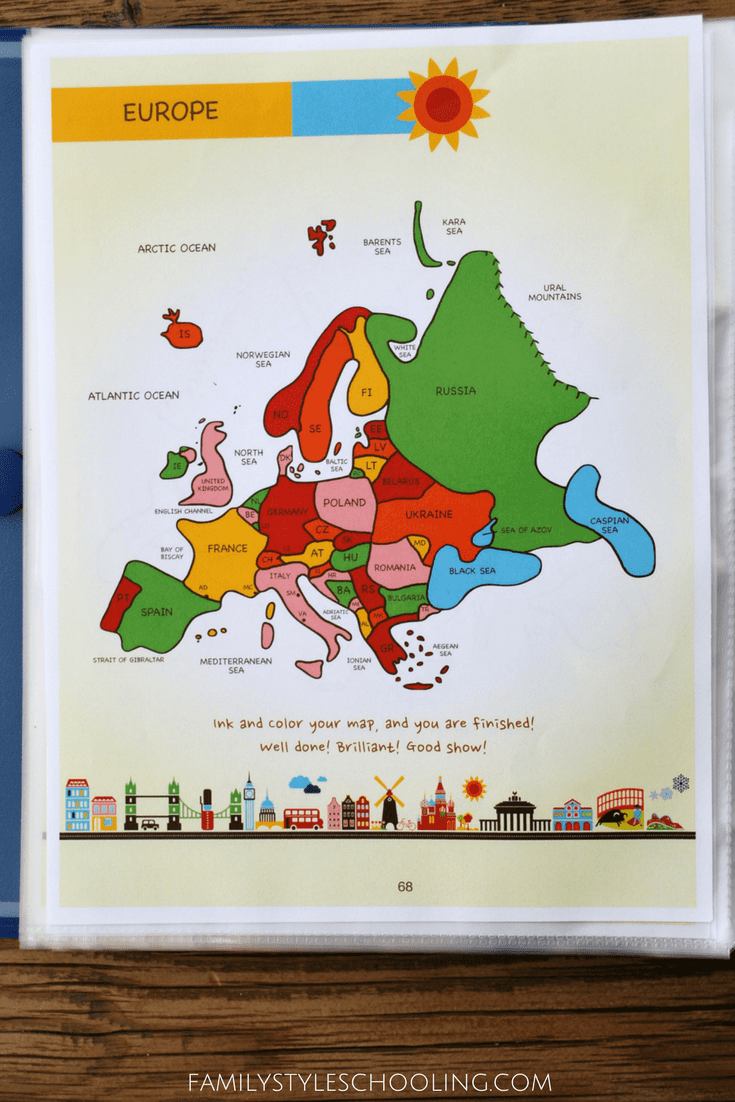
5 & 6. Draw Asia Volumes 1 & 2
I am so happy that Asia was broken down into two volumes. First of all, the Middle East is an extremely challenging zone to tackle, yet it is laid out in an incredible way to really find success in learning where each of these countries belong. If you want to know where the countries mentioned on CNN10 are, you need to draw through Draw Asia Vol 1.
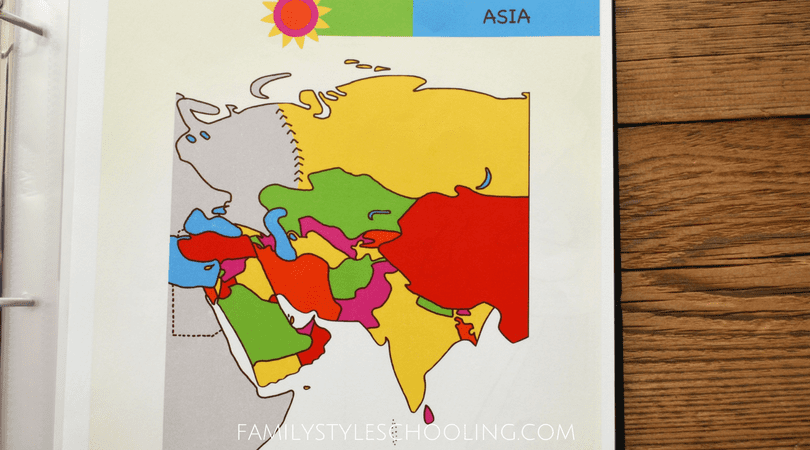
There are some fantastic resources on the ArtK12 website that allow students to pick up where they left of and connect the first volume of Asia to the Draw Asia Volume 2. It is such an efficient way to keep practicing!
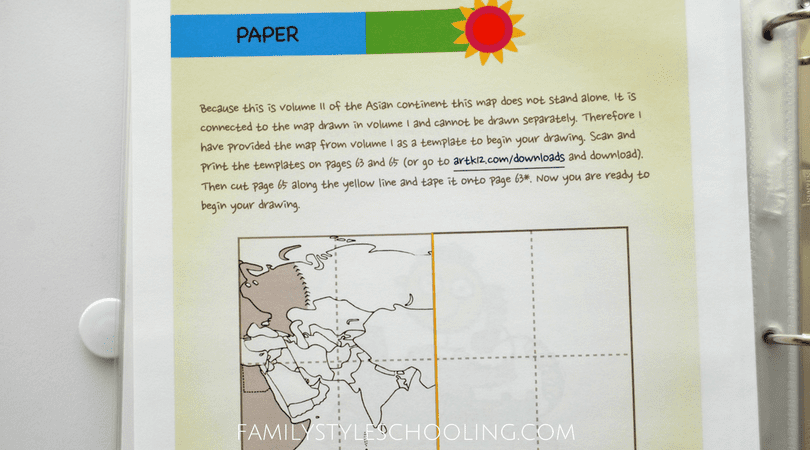
After conquering the first volume, moving on to the second volume was just fun! So much of the second volume involves finishing drawing Russia and China. This is great because there aren't as many countries and capitals to memorize!!
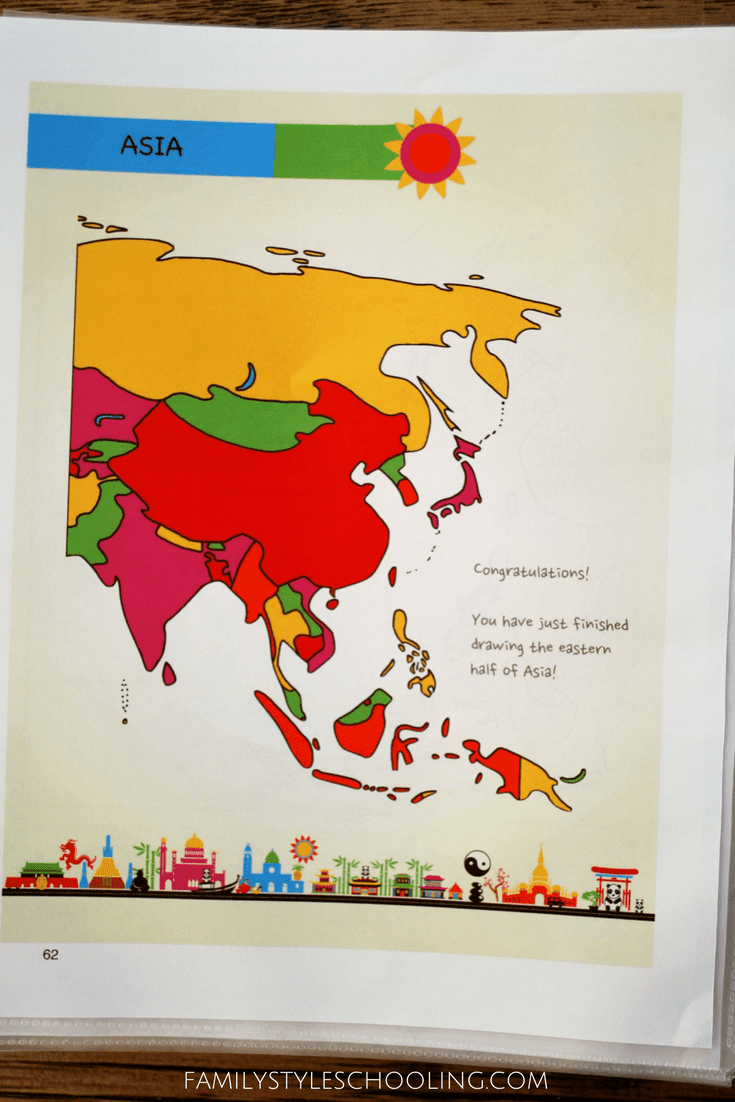
7. Draw Africa
Africa can be extremely intimidating to learn because of all of the crazy spellings of the countries and capitals. It's so wonderful to have a guide like Draw Africa to walk you through piecing together the countries so that you can spend some extra brain power on learning the names of what they are!
This was one of the first of the drawing geography books we tried as a family. Again, the countries are grouped into memorable "blobs" that help make the overall drawing design simpler.
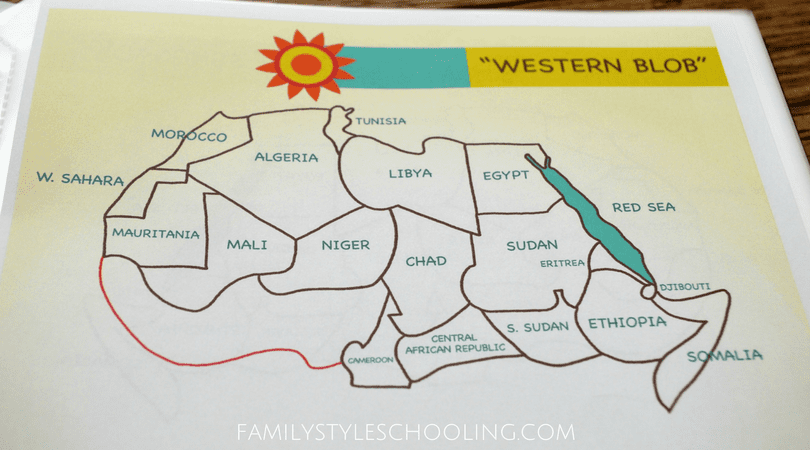
This book works perfectly with Cycle 1 in Classical Conversations when you learn the geography of the ancient world. Since my husbands parents frequently travel to various parts of Africa, it's been very cool to have a handle on where things belong in this giant continent.

8. Draw Oceania
Okay, I'm beside myself excited about this one. I'm actually shedding a small tear that I didn't have this one a couple of months ago when we were drowning in the sea of islands while trying to Draw Oceania.
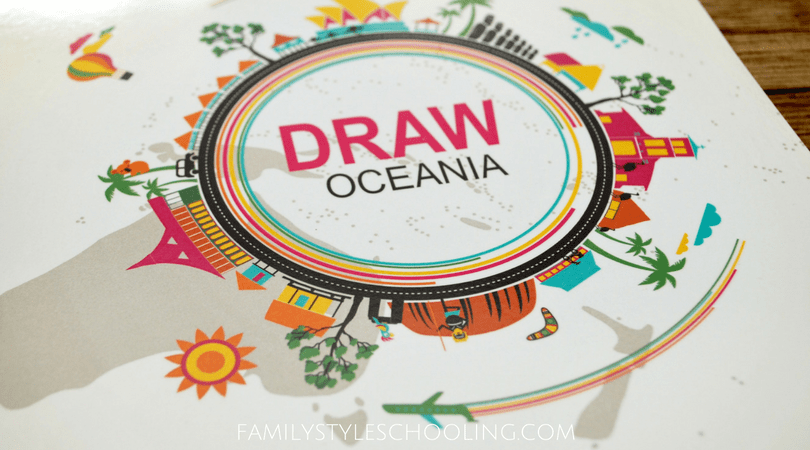
The problem with Oceania is that there are thousands of islands. I love how Kristin simplifies the area by giving the general idea of the countries represented without needing every detail. Take Tonga for example. In the note below, she explains that there are 169 islands that make up Tonga! Yikes! That is a whole lot of islands to draw, but she breaks it down to the 14 main islands. If one day you decide to move to Tonga, you might venture to learn the other 155, but I think you get the idea.
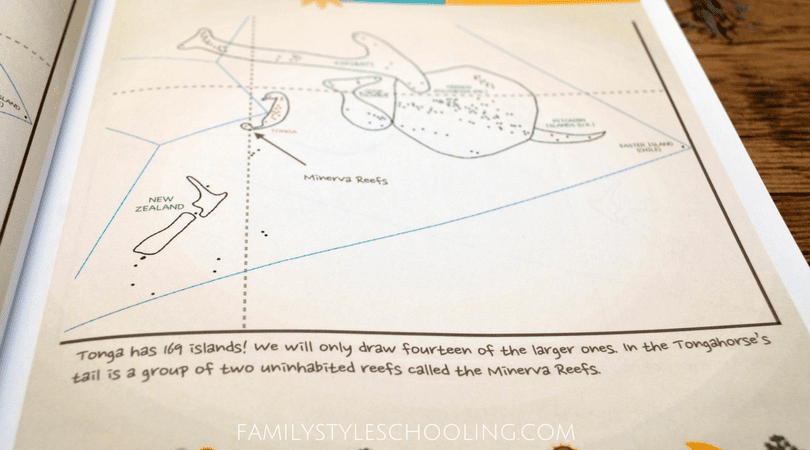
When you apply that same principle to the regions around Oceania, you find a variety of fun shapes to help you create a bit of order in your understanding of how many amazing places are located in the Pacific Ocean. I really can't wait to dive into this one on my own!
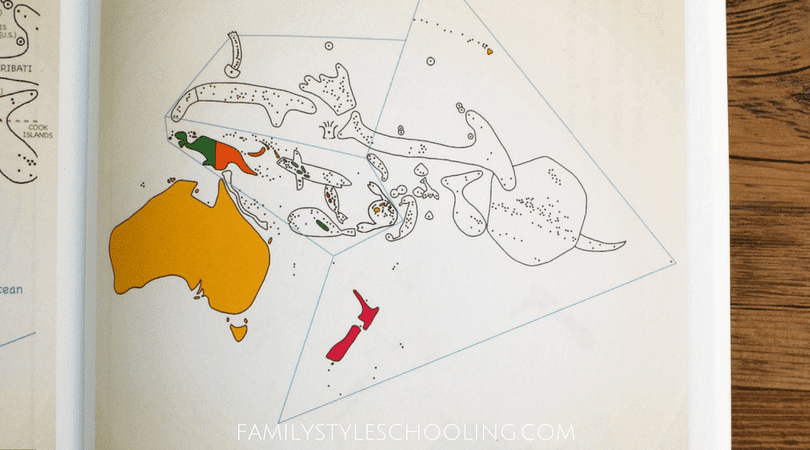
9. Draw the World
Putting it all together can be more difficult than you think. I'm looking forward to using this resource with my younger kids as they start out in their journey towards learning to Draw the World.
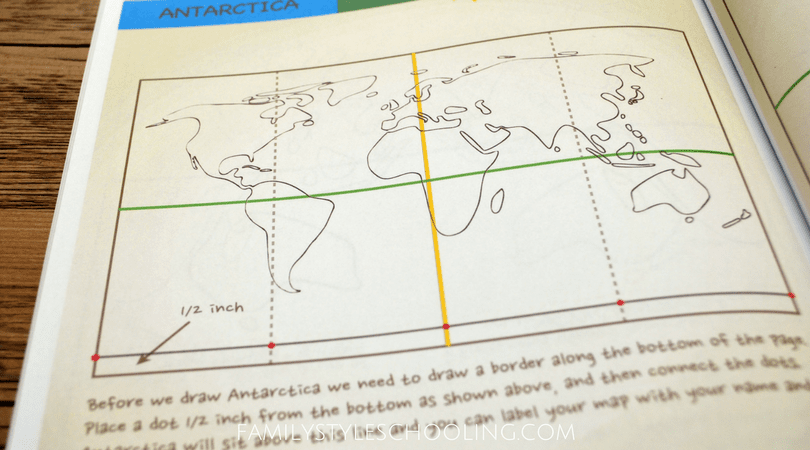
I love how she uses the grid to lay out the continents. Using those reference points can really help with proportion and scale of all of the shapes you're trying to draw. This is the last book to finish out my collection, and I love that I have a library of excellent resources to help my kids learn about the world that they live in.
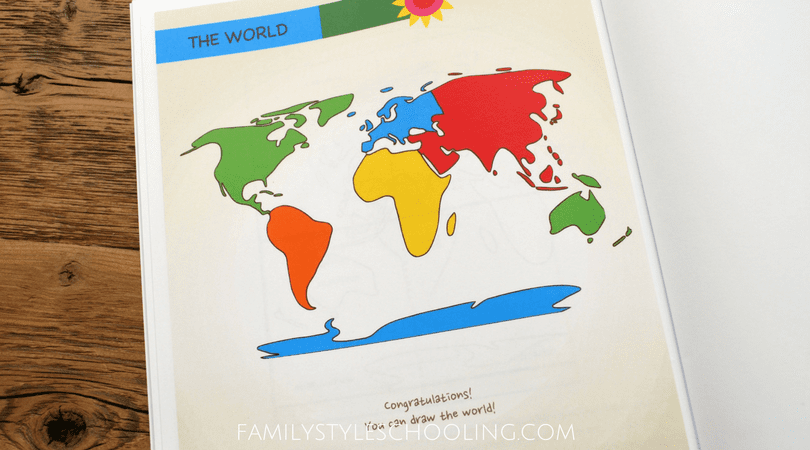
You can buy the entire set as a bundle on the ArtK12 website. It's such a worthy investment. If you ever have a desire to learn to draw the world, these books are perfect.
Betsy Strauss is an unexpected homeschooler, mother of three, who is in a relationship with a sweet man for life. She loves reading books, drinking coffee, and learning anything with her kids.

